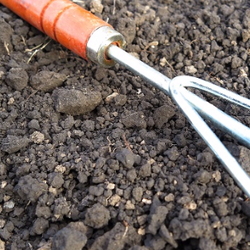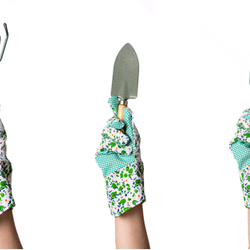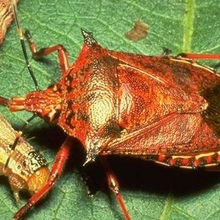If you have invested in quality pruning tools, you know the difference they make in handling your gardening chores. However, these tools can only give you many years of use if you take the time to keep them in good condition. Dirt and residue can build up quickly on the blades, degrading and dulling them long before their lifespan is exhausted. So, instead of putting up another big payment to buy a new set in a year, learn the best way to keep the ones you have looking and working great.
Clean After Every Use
The first rule is to keep your tools clean. Get into the habit of rinsing your pruners with water from your garden hose after each use. Then, let them air dry or dry them thoroughly with a clean, soft rag.
If a quick rinse is not enough to do the job, consider some further cleaning with a stiff brush. A little rubbing alcohol or mineral spirits on a clean rag and a little elbow grease can also do wonders for getting off stubborn dirt and debris.
Linseed oil works well on the metal parts of your tools as well as on wooden handles. Be sure to use caution with linseed oil, however; cloths soaked in this substance are highly combustible. Therefore, any time you use it, let the rag dry unfolded in an open, well-ventilated space. When disposing of these rags, dry them completely first or soak them with water before placing them in closed metal container.
After your tools are clean, hang them up indoors in a clean, dry location until the next time you need them. Moisture can damage pruning tools, so avoid just leaning them against your shed or garage wall or having them touch a damp floor.
Sharpen the Blades Regularly
Dull pruning tools are not only more difficult to use than sharp ones, but they also make rougher cuts in your trees and plants, sometimes negatively affecting the plant's health. Clean cuts created by sharp tools tend to heal quickly, minimizing the possibility of insects and/or disease.
With practice, you can sharpen your tools in as little as 10 minutes. If you prune frequently, you may need to sharpen your shears every six weeks or so, but if you only do it a few hours a week, one sharpening session a season may be enough to keep them in good shape.
The first step is to purchase a sharpening device meant for your tools. A whetstone is one option; however, diamond files tend to be easier to use, especially for the beginner. They are also are inexpensive and widely available in coarse, fine, and extra-fine grades.
Begin with clean, dry tools. Use steel wool to remove any rust or dirt build-up that still remains after cleaning. Then, start sharpening with the coarsest file first, moving up to the finer grades as you go. Hold the file at the same angle as your tool’s beveled cutting edge. Using moderate pressure, begin carefully drawing the file toward the tip in a motion that follows the curved shape of the blade. Usually about 15 draws or so is enough to sharpen a well-maintained tool. If your tool has been neglected for a while, however, it many need many more passes.
Be sure to sharpen only the outer face of the cutting edge and only along the direction of the factory bevel. Go over the entire tool with a moist cloth every so often to clean away metal shavings and always wear work gloves to protect your hands.
After you have finished sharpening your pruning tool, it is a good idea to apply a lubricant to help prevent rust and/or oxidation. You can use a commercial lubricant, such as WD-40, or if you prefer a natural product, a light coat of olive oil works well.
Some tools are easier to sharpen if you loosen them or even take them apart, so if you've done this, make sure all your bolts and screws are tightly fastened after you are finished putting it back together.
Clean sharp tools are the gardener’s best friend. You will accomplish more in less time and protect your tool investment with these simple maintenance procedures.


















